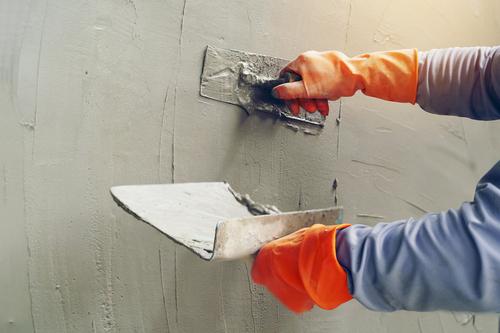Concrete is a durable and versatile material, but it’s still susceptible to damage from wear, weather, and settling over time. Cracks, spalling, and pitting are common issues, especially on high-traffic surfaces like driveways, sidewalks, and floors. Fortunately, concrete repair can restore both the appearance and integrity of your surfaces, whether in a residential or commercial setting. Here’s a guide on best practices and solutions to achieve lasting results.
1. Evaluate the Type of Damage
Before beginning any repair, evaluate the type and extent of the damage. This will help determine the most effective repair method and material. Here are some common types of damage:
- Hairline Cracks: Small, surface-level cracks often caused by shrinkage or minor settling.
- Structural Cracks: Larger cracks that may signal underlying issues with soil movement or pressure.
- Spalling: Surface peeling or flaking often due to freeze-thaw cycles or exposure to moisture and chemicals.
- Pitting: Small holes or depressions on the surface, typically caused by wear or exposure to salts.
2. Prepare the Area Thoroughly
Proper preparation is key to ensuring that the repair adheres well and lasts:
- Clean the Surface: Remove dirt, dust, and any loose material. For best results, use a pressure washer or wire brush to eliminate residue.
- Undercut Crack Edges: For cracks, use a chisel to widen the edges slightly, creating a better bonding surface for repair material.
- Dampen the Area: Lightly wet the area before applying repair material (avoid oversaturation), as this can improve bonding in many concrete repair applications.
3. Select the Right Repair Material
Using the correct material is essential to a successful repair. Here’s a quick guide:
- Concrete Patching Compound: Great for small cracks and minor surface issues, especially in areas where traffic or pressure is minimal.
- Epoxy or Polyurethane Injection: Ideal for structural cracks, especially in foundations. These materials fill deep cracks and create a strong, waterproof bond.
- Polymer-Modified Cement: Highly durable and flexible, this material works well for larger cracks, spalling, and areas with heavy traffic.
- Concrete Resurfacer: Best for treating larger surface areas with spalling, pitting, or worn concrete, restoring a smooth finish.
4. Use Proper Application Techniques
Proper application is key to achieving a strong and long-lasting repair:
- Apply in Layers: For larger repairs or deep cracks, apply the material in thin layers, letting each layer set before adding the next. This minimizes shrinkage and improves the repair’s integrity.
- Smooth and Level: Use a trowel or putty knife to level and smooth the surface so it blends seamlessly with the surrounding area.
- Allow for Curing: Allow the repair material to cure according to the manufacturer’s recommendations. In many cases, covering the repair with a damp cloth or plastic sheet can retain moisture, which strengthens the bond.
5. Protect the Repaired Area
After repairs are complete, take steps to protect the area from future wear and damage:
- Seal the Concrete: Applying a concrete sealer helps protect against water, stains, and freeze-thaw cycles, extending the life of your repair.
- Manage Drainage: Ensure good drainage around concrete surfaces to prevent water accumulation, which can lead to future cracking and erosion.
- Regular Inspection: Check concrete surfaces regularly for early signs of damage, addressing minor issues quickly before they escalate.
Best Practices for Residential and Commercial Settings
- Consider Usage Patterns: For high-traffic areas in businesses or driveways at home, choose highly durable materials like polymer-modified cement or epoxy injections.
- Account for Weather Conditions: Perform repairs during moderate weather conditions to avoid issues with extreme temperatures or moisture affecting the bond.
- Opt for Professional Help if Needed: For extensive or structural repairs, a concrete repair professional can ensure the job is done right, avoiding costly rework or future issues.
Concrete Repair Solutions to Consider
Here are some solutions tailored for different settings:
- Residential Patios and Walkways: A concrete resurfacer can refresh these areas by providing a smooth, even finish. Polymer-modified cements can also be used to handle minor to moderate cracks.
- Business Entrances and Sidewalks: Epoxy injections and polymer cements offer durable fixes that withstand high foot traffic, ensuring safety and longevity.
- Garage Floors and Industrial Areas: Concrete sealers are ideal for protecting these surfaces from chemicals, oils, and heavy loads, preventing wear and pitting.
Final Thoughts
Concrete repair is a straightforward and cost-effective way to restore damaged surfaces and enhance durability. By following best practices in preparation, application, and protection, you can achieve professional-grade repairs that stand the test of time. Whether you’re repairing a home patio or a commercial walkway, using the right techniques and materials will help keep your concrete surfaces looking great and performing well for years to come.




